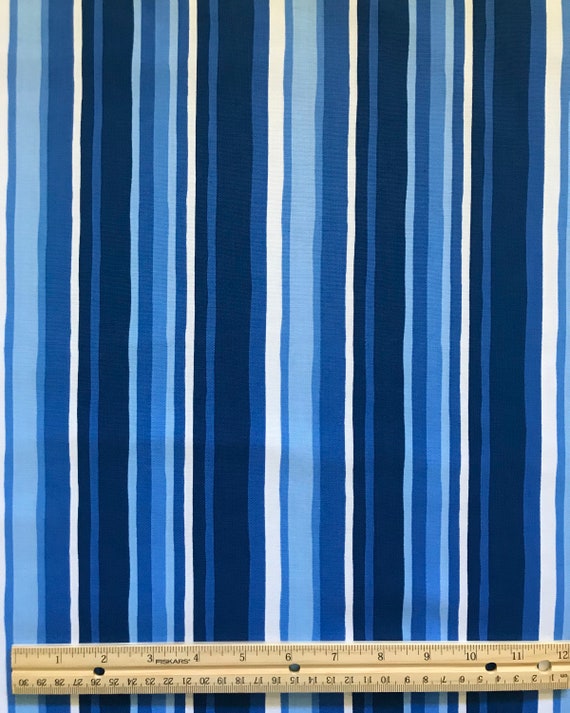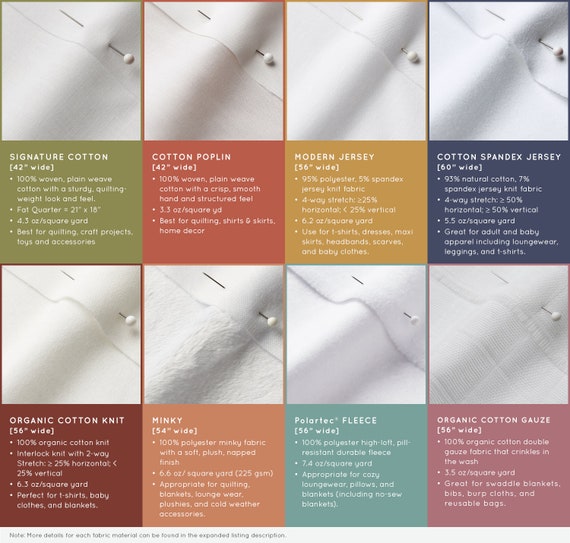Some Known Factual Statements About All 4 Way Stretch Fabrics
Some Known Factual Statements About All 4 Way Stretch Fabrics
Blog Article
The Best Strategy To Use For All 4 Way Stretch Fabrics
Table of ContentsThe 6-Second Trick For All 4 Way Stretch Fabrics10 Easy Facts About All 4 Way Stretch Fabrics ShownAbout All 4 Way Stretch FabricsThe Buzz on All 4 Way Stretch FabricsHow All 4 Way Stretch Fabrics can Save You Time, Stress, and Money.The smart Trick of All 4 Way Stretch Fabrics That Nobody is Talking AboutThe Only Guide to All 4 Way Stretch Fabrics
As I additionally want UV protection from my garments when I go out, I would certainly pick a densely woven cotton textile. One more consideration when getting the textile is the way it will after cleaning.A secure wager would be to purchase at least 10% extra fabric. If you can buy preshrunk material, this is the finest.

If you are matching the color, like selecting the cellular lining for the primary textile or picking fabric to add as trim, this is particularly crucial. The textile display rooms will generally have a light well where you can see the fabric in sunlight (or a window with good light from outside).
Facts About All 4 Way Stretch Fabrics Revealed

Many textiles are regarding 44 vast. When you go to purchase textile, quote just how much you desire first and after that go to the shop.
Some fantastic deals can be had this way. In dressmaking, we get textile by the yard/meter.
The Only Guide to All 4 Way Stretch Fabrics
In a quarter of a lawn, you obtain a 9 by 44 strip of textile, which is concerning 22 cm in length. It is always better to buy larger fabric. According to the width of materials, they may be called single-width and double-width. Solitary width is normally approximately 49 inches in size and double width up to 60.
Pick textiles that are not as well hard or rigid, or you would not be comfy in them. Linen, Denim, flannel, For cooler environments, select wool (100% as well as wool blends) wool tweeds, woollen crepe; it primarily depends on what pants you are chatting regarding Tailored trousers, Unstructured Pant, Combined, Denim.
Corduroy fits to put on material to choose for trousers. All cotton materials benefit children. You can select a cotton satin stretch or a cotton twill or cotton satin or lawn. Knit textiles are likewise fantastic for kids you can go with wool knits. Interlock knits are dressmaking knits that extend across the grain.
The Ultimate Guide To All 4 Way Stretch Fabrics
Cotton yard towel in appealing prints is excellent. Silk jacket is a fantastic material for stitching skirts, as is Ponte Roma weaved textile.
Drapey rayons, soft woollen, lycra blends, and stretch velvets are all ideal for stitching skirts. Wool (Wool crepe has an excellent drape and offers adequate framework for coats; woollen tweeds are fantastic as well), Linen & Flannel. Raw silk, satin, taffeta, velvet, Shoelace, silk chiffon, and Fabric are all excellent for making gowns.
You can acquire medium-weight textiles with some spandex/elastane included for a fitting bodycon-type dress. For drapey outfits, you can select lightweight fabrics. Jersey has a drapey fit similar to this. Crepe, challis, and charmeuse are all drapey textiles fit for this style. Have a look at these posts: Ideal textile for making laid-back gowns and tops; Names of different dresses. Rayon, Acetate, and cotton lining materials are popularly made use of.
Lightweight cotton fabric, Cambric, Chintz, Twill, Faille, Seersucker, Poplin, light-weight woven broadcloth, batiste, linen, eyelet are great for making shirts and blouses. Smooth satin textile is good for making airy tops. When acquiring patterned material (most of the patterned fabric comes with a size of 45 or 54 inches), there will be pattern repeat in these textiles, and this should be taken right into consideration when reducing textile as well as getting them i.e., if you desire to match the patterns at the seams.
Some Known Details About All 4 Way Stretch Fabrics
This blog post has the names of all the checkered patterns and this, stripe patterns. The motifs will be dispersed in a planned fashion on the material. But you may discover occasionally If the print is not positioned on the material correctly, it can not be matched or lined up when constructed without distorting the textile and the hang of the garment.


You can discover much more regarding grain and grainline of material here. The textile weight hinges on lots of aspects like the weave, fiber type, etc and is typically represented by GSM. GSM can differ from 60 -700; 700 being the GSM of very high-quality woolen material. A denim textile has a GSM of 400, depending upon the weave.
One thing you have to keep in mind is that greater fabric weight does not signify greater fabric high quality. It simply is an indication of the viability of the material for a particular job. You can pass by high textile weight fabric jeans for a light-weight floating stole. Understanding the fabric visit this site right here weight works when comparing the same type of materials, however also this will certainly rely on its application.
In a nutshell, the most crucial requirements to look for in the fabric you purchase are as follows (https://www.brownbook.net/business/53052309/all-4-way-stretch-fabrics/). The number of threads per inch of fabric (yarns-per-inch).
Getting The All 4 Way Stretch Fabrics To Work
In high-grade fabric, this balance (either in numbers or in size) will always be preserved. Procedures made use of on fabric to improve look and efficiency.
A two-ply yarn transcends to a single-ply thread.
If you are preparing to begin a new stitching job, selecting a material will be the most essential step once you decide what you intend to make. After you've gone to all the difficulty and expense of purchasing the sewing machine you enjoy, a pattern you enjoy, and a textile you like, you desire the completed product to be a success? One way to accomplish that is to start by making certain your fabric is truly right for the project.
Some Known Factual Statements About All 4 Way Stretch Fabrics
As an example, if you're making a patchwork, you'll immediately desire to utilize quilter's weight cotton for ideal results. But what happens if you intend to make an item of apparel? Exactly how do you understand which fabric will give you the best result? Selecting a material merely because you like the print or layout on it isn't necessarily the very best method.
In order to prevent doing a whole job for essentially nothing, we've compiled some suggestions to assist you choose which fabric is best for your project. Let's say you already have a project in mind; how do you find the right textile for it?
Think of the characteristics you want the completed item to have. If apparel, will it be fitted or loosened? Dressy or day-to-day? For cozy climate or cold? Do you want a solid color or a print? If you are making a non-wearable thing such as a pillow cover or potholder, make use of a tough material such as canvas.
There is a lot info out there concerning materials, their characteristics, and their usages, it might get to be frustrating! Do not try to take it in all at as soon as; just begin with the job at hand. Learn all you can regarding the fabric you make use of for this project.
Report this page